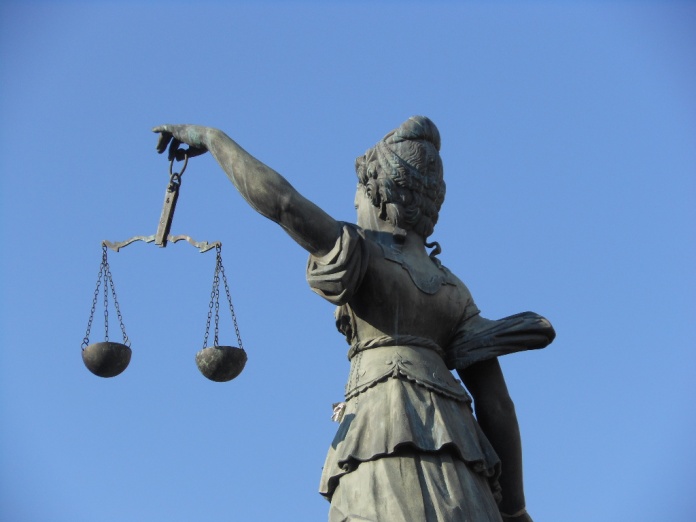Former Anthropoliteia contributor, and member of our Ukraine Roundtable, Michael Bobick has a new piece published over at the Council for European Studies‘ Reviews & Critical Commentary site. Here’s a taste:
On April 6th, pro-Russian protestors stormed and occupied the Donetsk Oblast Regional Administrative building, along with the local SBU (Ukrainians security services) headquarters. Overnight, barricades of tires, barbed wire, and professionally produced banners were hoisted over this building; the Ukrainian flag was replaced with a Russian one. On April 7th, the People’s Republic of Donetsk declared its independence and immediately appealed to President Putin to send Russian ‘peacekeepers’. A referendum on whether Donetsk ‘should join the Russian Federation’ was to occur sometime before May 11th, 2014. Similar events have occurred in the southern and eastern parts of Ukraine, in Lugansk, Kharkiv, Dnepropetrovsk, Zaporizhia, Kherson, Mykolaiv, and Odessa, regions referred to both in Western and Russian media as Russian or Russian-speaking. Though this conflation of language, identity, and ethnicity is far removed from the reality of everyday life in Ukraine, it remains an essential concept for understanding how separatism occurs in the former Soviet Union. Each can become a pretext for discrimination, marginalization, and threat at the hands of the de jure state that can only be remedied by Russian intervention.
In this article, I seek to answer three questions: Who are the separatist forces currently operating in Ukraine, and what is their goal? Secondly, what can Transnistria, a de facto state in Moldova that has existed for more than two decades, offer to an understanding of events in Ukraine? Finally, I am interested in how the new political technologies and practices deployed by Russia in Ukraine are changing the nature of war and humanitarian intervention in the twenty-first century.
via Active Measures: Separatism and Self-Determination in Russia’s Near Abroad | Reviews & Critical Commentary.




